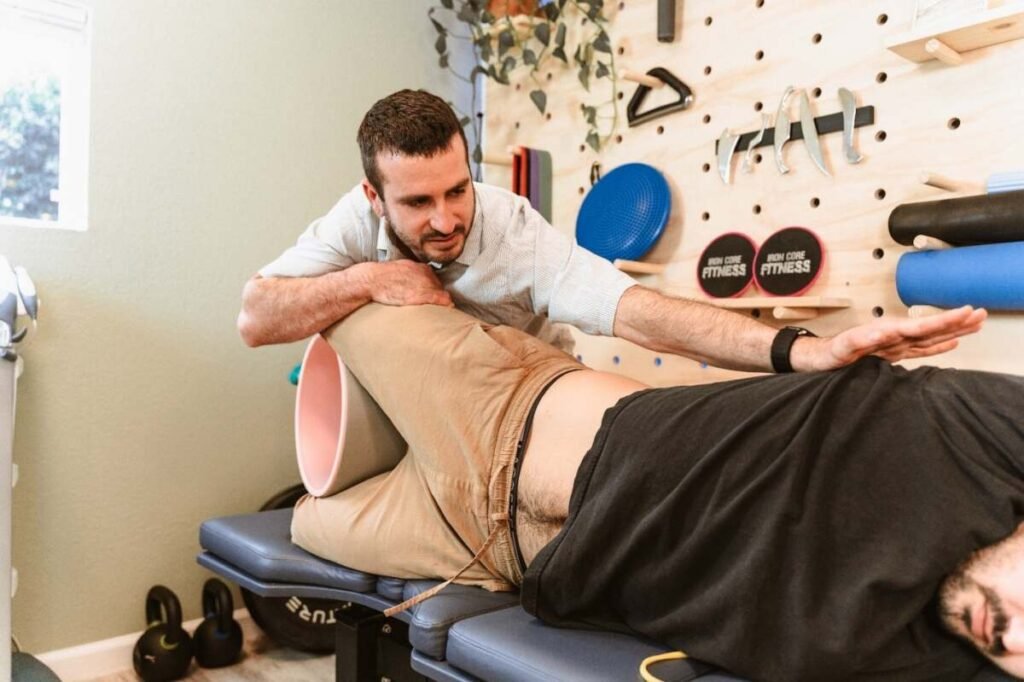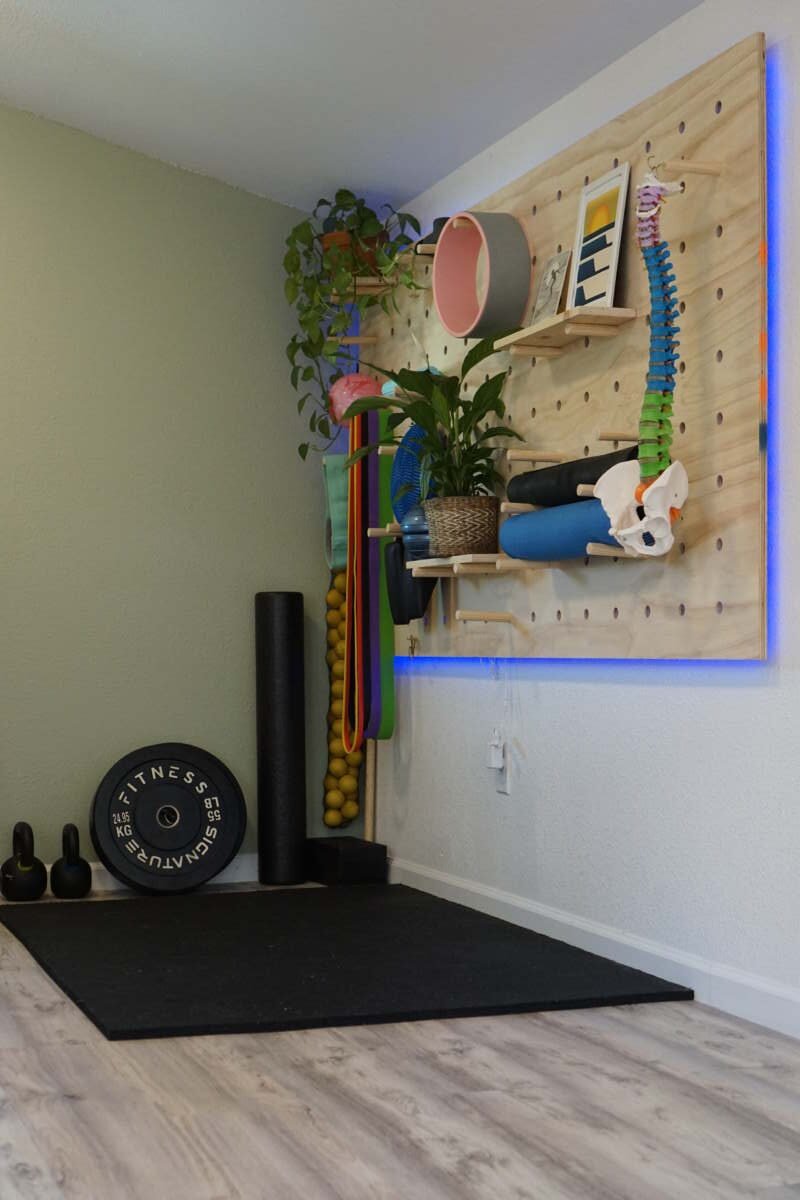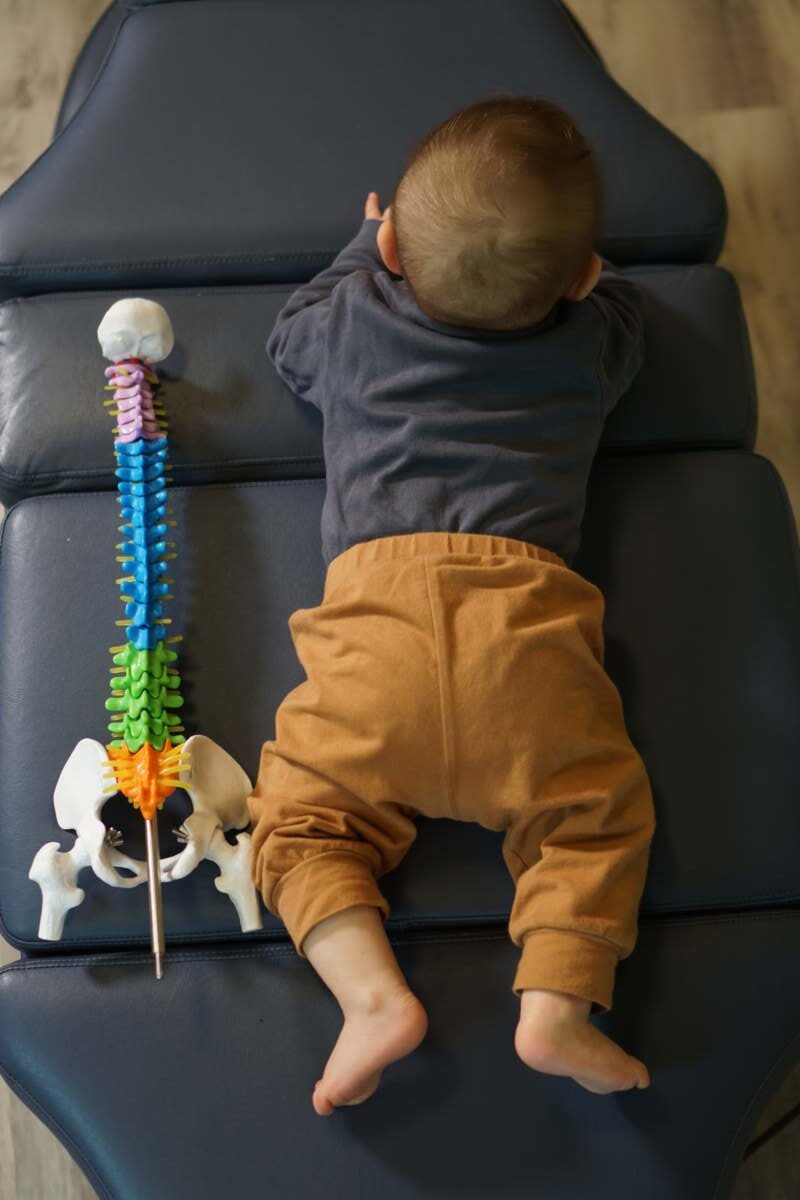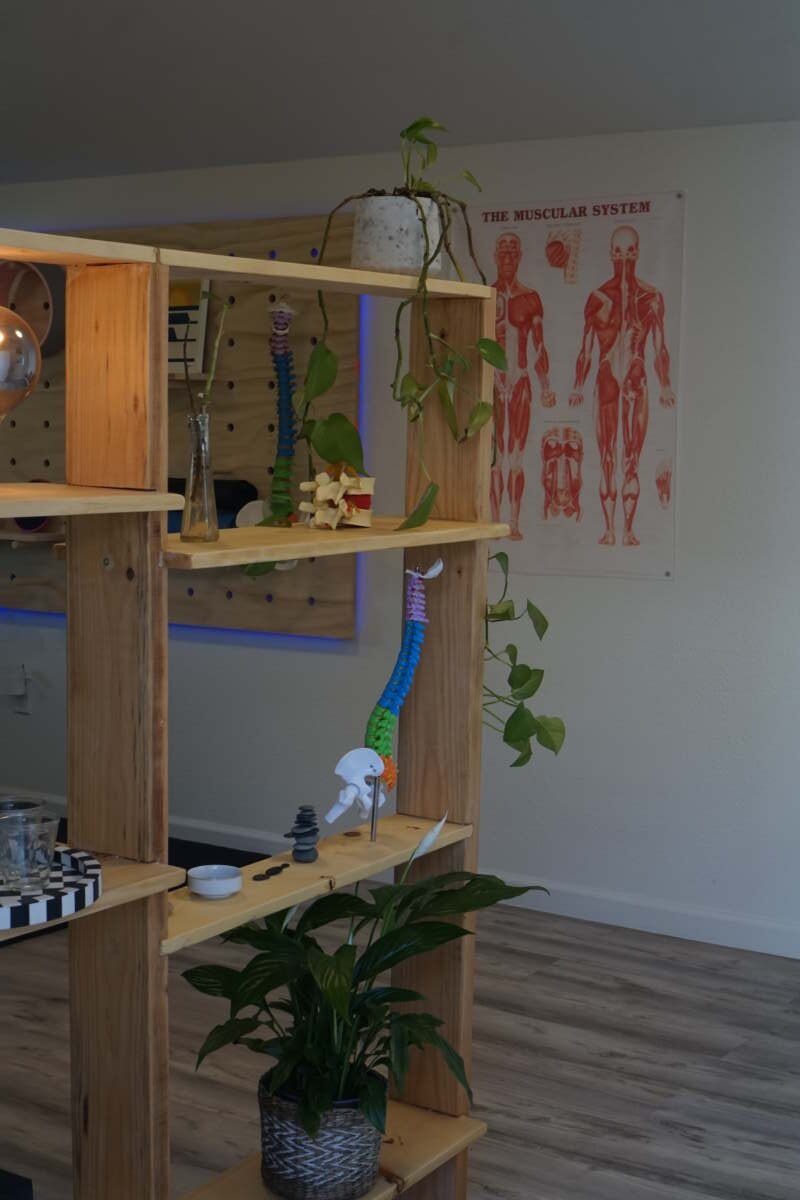Myofascial trigger points, or muscle knots, are tight, sore sites in muscle tissues that can make it difficult to transport, hurt, and send aches to other components of the body. These knots take place whilst you use a muscle too regularly, stress it, have an awful posture, or are beneath quite a little pressure. They do not leave on their personal. This method of treating them is very critical for long-term remedies and characteristics. Trigger factor therapy and stretching sporting activities are the most frequent approaches to relieve aches. Each has its very own set of advantages. Relying on your wishes and physical health, you need to determine which strategy works best for you and will ultimately.
Understand Trigger Point Therapy and Its Work
Trigger point treatment is a technical soft tissue method that focuses on these tight muscle regions to help with the pain. The process involves putting direct stress on certain places to relax muscles and get blood flowing again. This hands-on method often works to break up adhesions, ease referred pain, and bring back complete muscle function. Stretching passively lengthens muscle fibers, whereas trigger point therapy actively targets the source of tension, which makes it better for deeper and more chronic muscle knots.
Stretching: A Way to Help Stiff Muscles Without Moving
Stretching is a well-known way to improve blood flow, make your body more flexible, and avoid injury. People generally suggest it for muscle health in general and to help muscles recuperate after exercise. But just stretching may not be enough to get rid of really deep knots. It feels good and makes things less tight for a short time, but it usually doesn’t get rid of chronic tension or get things back to normal. Stretching doesn’t immediately address the tight places that cause ongoing pain, unlike trigger point therapy.

Combining Techniques for the Best Muscle Function
Even though one way may appear better, many health specialists suggest doing both. Using trigger point therapy to control pain and then stretching afterward can make both treatments work better. When you manually release a knot, the muscle is more open to stretching and moving activities. This is where focused rehab exercises for muscle memory come in. They help muscles “remember” how to work properly and stay balanced following treatment.
Targeted muscle memory training for long-term recovery
One of the problems with each stretching and guide remedy is that they use the simplest paintings for a quick time, except corrective workouts may accompany them. That’s why it’s so crucial to do precise rehab exercises to help your muscular tissues don’t forget. These physical activities train muscle tissues the way to fireplace correctly, keep joints strong, and preserve the proper posture whilst shifting. Knots are prone to come back if you don’t reinforce the right neuromuscular patterns. An organized rehab plan not only helps keep the problem from coming back but also helps with long-term healing.
When to Use Trigger Point Therapy Instead of Stretching
If you have chronic pain that doesn’t get better with regular stretching or if you have specific knots in your muscles, trigger point therapy for tension relief is usually the preferable option. This palms-on method goes deeper than simply stretching and goes right to the supply of the ache. This remedy works quicker and more successfully to relieve pain, particularly in cases of persistent muscle tension, negative posture, or a preceding injury. In this scenario, stretching is greater of a follow-as as a remedy than a remedy on its own.
Using targeted rehab to keep knots from coming back
The next crucial step after disposing of the soreness is to educate the muscle tissues again with centered rehab physical games that help with muscle reminiscence. These sporting activities make weak muscle mass more potent, restore imbalances, and help maintain knots from growing within the first vicinity. Rehab activities could include regulated movements, balancing training, or resistance workouts that are made just for that person. When you combine this with soft tissue work, you get a full-circle approach to keeping your muscles healthy and stable.
Athletes and those who are active can benefit from soft tissue therapy.
Targeted trigger point therapy for muscle knots is especially beneficial for athletes and people who are physically active because they perform the same movements repeatedly and at high intensity. In these situations, trigger point therapy for pain management works quickly and lets athletes go back to their activities sooner. Stretching by itself might not be enough to get rid of the deep tension that comes from constant physical stress. Also, these people get a lot of help from specialized rehab exercises for muscle memory to help them get their coordination back and improve their performance after they recover.
Who Gets the Most Out of Targeted Muscle Therapy?
You could have muscle knots if you sit at a desk for a long time, lift weights a lot, or are healing from an accident. People who work at desks all day and have bad posture are more at risk. These people frequently get more relief from trigger point therapy for pain management since staying in one position for a long time might make some muscles too active and others too weak. Along with specific rehab exercises that help with muscle memory, problems that have been there for a long time, such as stiff necks or lower back discomfort, can get a lot better.
What stretching alone doesn’t do in chronic cases.
Stretching can help keep muscles flexible and relieve discomfort for a short time, but it doesn’t always work for persistent or deeply embedded muscular knots. The explanation is that stretching makes the whole muscle group longer instead of just the tight part. Trigger-point therapy for pain management is specific enough to find the root cause. So, folks who are in pain all the time or can’t move about too much shouldn’t just rely on stretching to get better.
The Science Behind Exercises That Target Muscle Memory
There is proof that retraining neuromuscular pathways is important after an injury or long-term strain. Therefore, targeted rehab exercise for muscle memory are a good idea. When muscles don’t adapt well because of an injury or because they are trying to do too much, they start to move in a way that doesn’t work well. Rehab exercises fix this problem by using the right muscle groups and getting things back in sync. When used with trigger point therapy to control pain, this combination speeds up healing and gives longer-lasting comfort.
A holistic approach combines therapy, stretching, and rehab.
The best technique to get rid of muscular knots is to use both soft tissue massage and stretching together. Trigger-point therapy is a good way to start managing pain because it works right away. After that, mild stretching can help you become extra flexible. The next essential step is to undertake focused rehab physical activities on an ordinary foundation to assist your muscle tissues. Keep in mind what to achieve this so the hassle does not come to the lower back. This multilayer plan takes into consideration the body’s call for ache remedy, movement, and long-term characteristics.
How to Pick the Best Treatment for Your Condition
Everybody is different, and although some people may benefit from passive stretching, others need more intense manipulation of their soft tissues. Professionals who know how to use trigger point treatment to treat pain can figure out which muscles need to be released by hand and which motions need to be made stronger. At the same time, a therapist could give you particular rehab exercises to help your muscles remember how to do things to fix certain weaknesses that are making the problem worse. Individualized care is the key to long-lasting recovery.
Conclusion:
You can get rid of muscular knots best by combining therapy and exercise, no matter if you’re an athlete, an office worker or healing from an injury. Applying trigger point therapy to ease pain and rehab exercises to train your muscles improves the problem itself rather than only treating your discomfort. You can trust the professionals at The Chiropractor to give you expert therapy that is targeted to your individual muscle and mobility needs.







